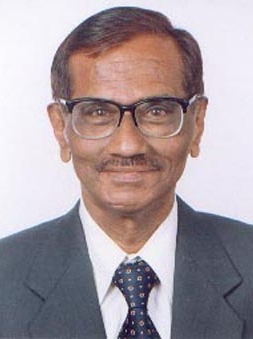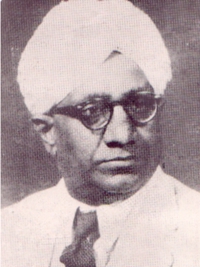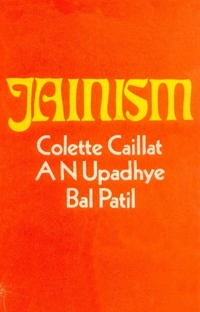AT PRESENT
the Jain community is composed of hardly two millions and five hundred thousand member. According to the latest census 1971 the Jains in India number 26,04,646. Though numerically weak it is none the less active and influential owing to the fact that the Jains are placed among the most educated Indians and that a considerable proportion among them play an important role in the economic life of the country.
They are found today in the principal commercial and industrial centers of India where they often form small rigorously cohesive social groups which appear to other Indians rather exclusive. The majority, however, is established partly in Karnataka and partly in Gujarat (notably in the Peninsula of Kathiawar), and in Rajasthan. This geographical division coincides in a great measure with a difference of sectarian adherence: the Jains of the north being generally of Svetambara obedience, the Jains of Deccan almost always Digambara. This cleavage does not, affect, in our days, the relationship between to two groups, and besides it depends on relatively minor divergences which have not disturbed the fundamental unity of the Jain doctrine. It appears that they have been favoured, indeed provoked, by various historical circumstances, the effects of which were mutually reinforced: the split consecrated in A.D. 79 had been preceded by several minor schisms, and besides, by the emigration of a fraction of the community. Perhaps it was latent in sixth-fifth century B.C. when the doctrine and the community of Parsva was reorganized by Vardhamana, a noble of Vaisali, also known as Mahavira, the great ‘great hero’, or the Jina, the ‘conqueror.’ The Jains, and of his ‘religion’, Jinism (in English, often Jainism).
His epoch and country are the same in which Buddha lived; and because of the diverse similarities between the life, the thought and the works of the two Masters, the first occidentals to be interested in the topic were led to consider Jainism either as source, or, on the contrary, as a ramification of Buddhism (cf. Colebrooke, Prinsep, J. Stevenson, Leon Feer; on the other side, Wilson, Weber). But Hermann Jacobi, towards 1880 has authoritatively established the independence of the two movements and shown that their affinity proceeds from the influence of the ambient civilization and of Brahmanic asceticism on the two reformers.
Among the scholars who, in the West, have diversely contributed to the progress of the Jain studies, the most notable belong to the German school. In addition to Albrecht Weber and Jacobi (who started numerous researches), let us mention Georg Buehler, the Swiss Ernst Leumann (one of the great pioneers), further his disciple Walther Schubring and the latter’s school at the University of Hamburg, where his disciple Ludwig Alsdorf has succeeded him; while Klaus Bruhn develops Jain research in Berlin; besides, J. Hertel, W. Kirfel, H. Von Glasenapp. Apart from Germany, research, though not sointensive, has been mainly conducted in Italy, by Pavolini, Ballini, then Oscar Botto, C. Della Casa, in the U.S.A., by M. Bloomfield, then W. Norman Brown, in France, by A. Guerinot. Valuable studies are published, in England by R. Williams; in Belgium by J. Deleu. The French Scholar Sylvain Levi, though he drew attention to Jainology and emphasized the interest of this study, has devoted to it only brief scattered remarks. But he was, like Guerinot, in regular correspondence with the pious Jain monk Vijayendra, one of the learned Indians who have aided the progress of the studies by making the sources accessible, as much as possible, and in struggling against the seclusion of the Jains, which though useful at a certain epoch to protect them against persecution might have brought about their stagnation in the twentieth century. The learned Jains are today extremely active, the Svetambaras form the majority around Muni Punyavijaya and the L.D. Institute of Indology of Ahmedabad (Director, D. Malvania), etc. The Digambaras under the impetus of A.N. Upadhye and of H.L. Jain, thanks to whom have been published numerous Jain works written sometimes in old Indo-Aryan (Sanskrit), sometimes in Middle-Indian (Prakrits and Apabhramsa). Not long ago, the great French Indologist, Louis Renou was much impressed by the dynamism of the Jains. Hence, though he was not a specialist in this domain, in 1851 he devoted to it an extremely thought-provoking lecture commenting on the resemblances between Jainism and the diverse other religious movements in India (see: Religions of India, ch.6). Only accessory allusion will be made here, to these delicate and complex questions.
 Bal Patil
Bal Patil
 Prof Dr. Colette Caillat
Prof Dr. Colette Caillat
 Prof. Dr. Adinath Neminath Upadhye
Prof. Dr. Adinath Neminath Upadhye
